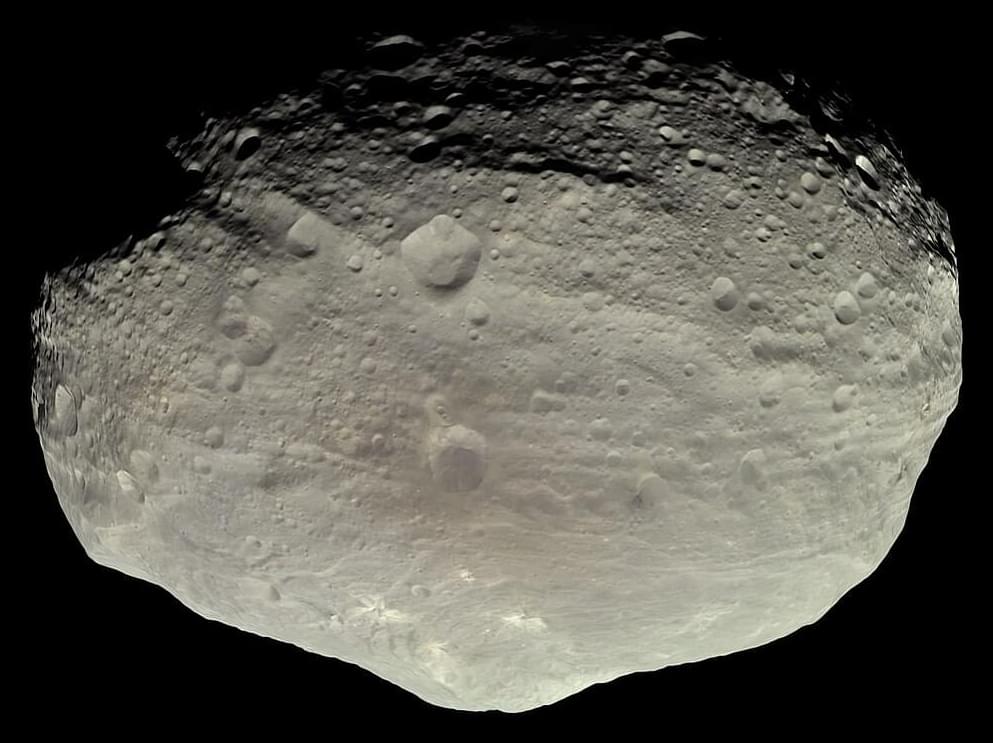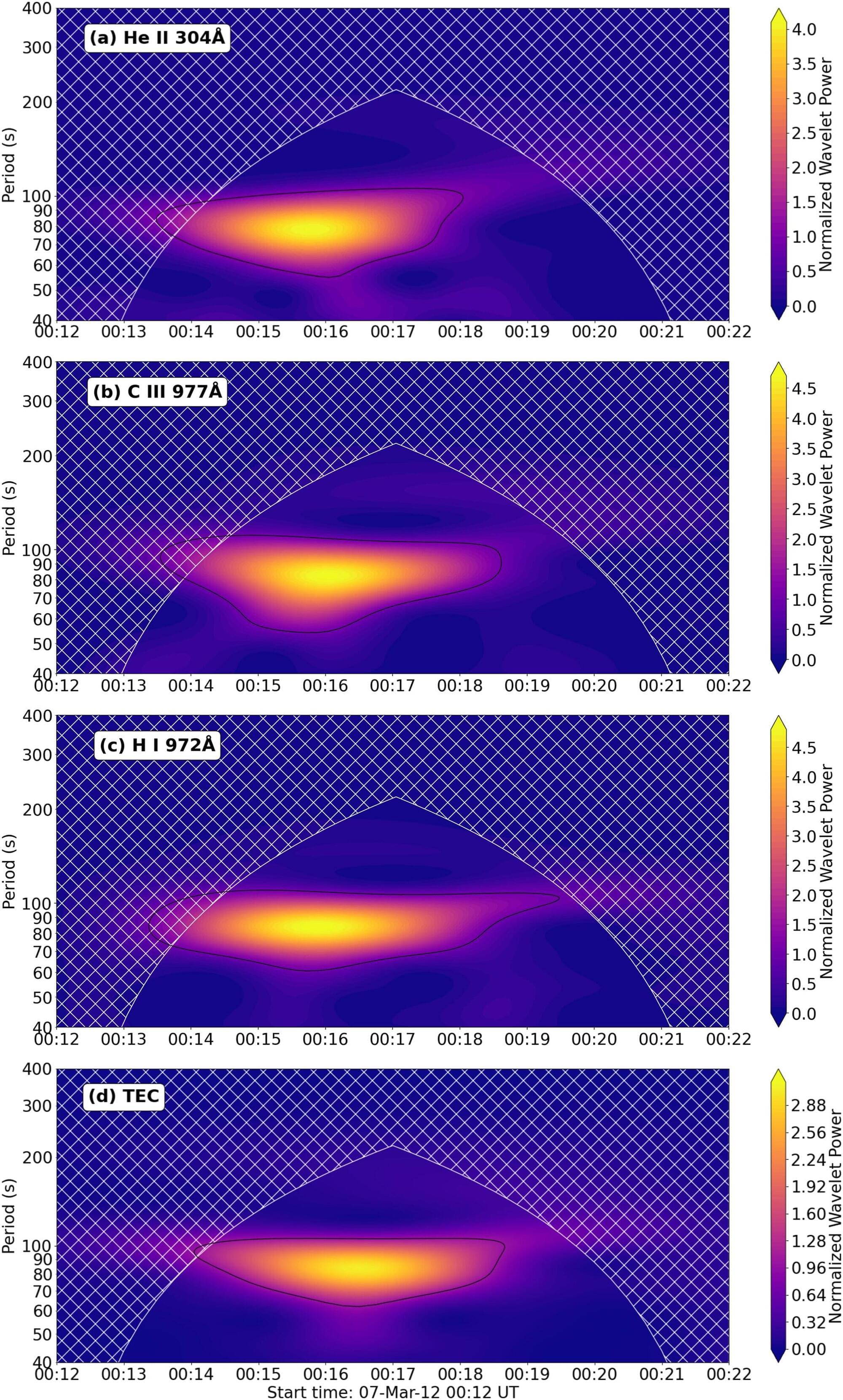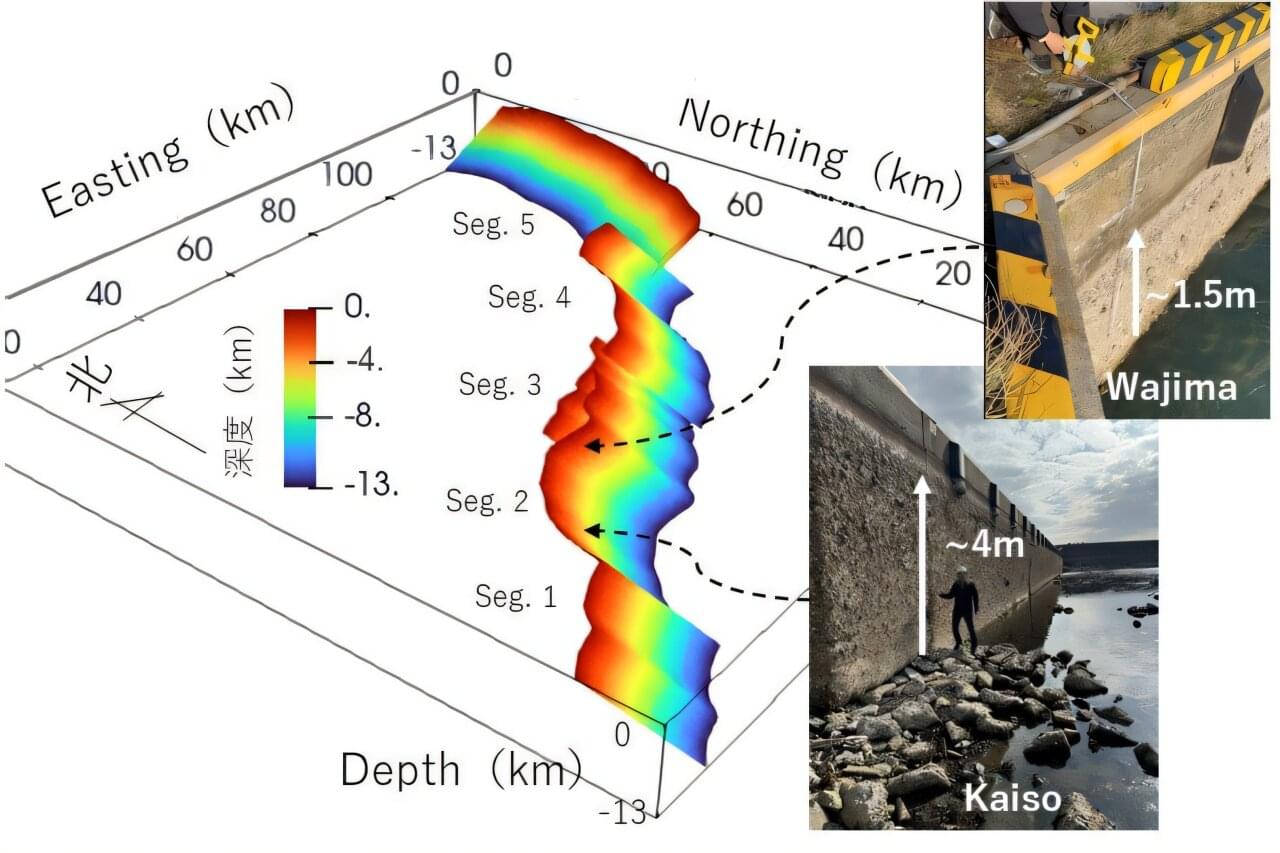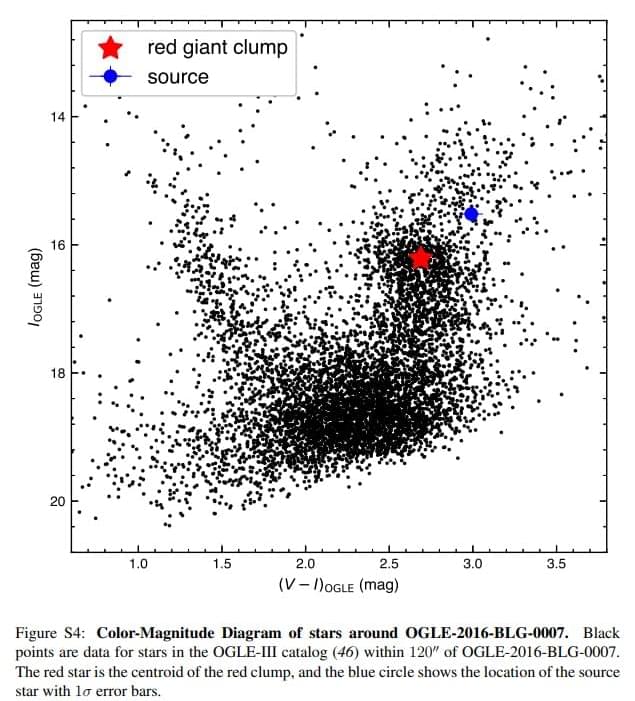Asteroid Vesta is currently the second largest asteroid in the solar system, having been studied in-depth by NASA’s Dawn spacecraft between July 2011 | Space



If we were living in a computer simulation, would we be able to tell we were living in a computer simulation? It’s a question that’s difficult to answer, but physicist Melvin Vopson of the University of Portsmouth in the UK believes that he may have found a clue.
According to his latest study, gravity could be a product of computational processes within the Universe, a by-product of the Universe’s attempt to keep information and matter neatly organized in space and time.
“My findings in this study fit with the thought that the Universe might work like a giant computer, or our reality is a simulated construct,” Vopson says.

By analyzing the data from the Atacama Large Millimeter/submillimeter Array (ALMA), astronomers have investigated a star-forming region known as G34.26+0.15. As a result, they discovered an explosive outflow in this complex. The study was reported in a paper published on April 22 on the arXiv preprint server.

Astronomers have discovered a previously unknown birthplace of some of the universe’s rarest elements: a giant flare unleashed by a supermagnetized star. The astronomers calculated that such flares could be responsible for forging up to 10% of our galaxy’s gold, platinum and other heavy elements.
The discovery also resolves a decades-long mystery concerning a bright flash of light and particles spotted by a space telescope in December 2004. The light came from a magnetar—a type of star wrapped in magnetic fields trillions of times as strong as Earth’s—that had unleashed a giant flare.
The powerful blast of radiation only lasted a few seconds, but it released more energy than the sun does in 1 million years. While the flare’s origin was quickly identified, a second, smaller signal from the star, peaking 10 minutes later, confounded scientists at the time. For 20 years, that signal went unexplained.

Earth’s atmosphere is much more sensitive to ripples of radiation from the sun than scientists previously believed, new research by Queen’s University Belfast has found.
Solar flares, which are sudden and intense bursts of energy from the sun’s magnetic field, happen regularly.
Understanding how they impact the Earth’s atmosphere is important as very powerful flares can cause inaccuracies in GPS systems and, in extreme cases, can cause total radio blackouts, where all signal is lost.
The European Space Agency’s seventh Earth Explorer mission, Biomass, launched on Tuesday aboard an Arianespace Vega-C rocket. Biomass, which will study Earth’s forests and their impact on the planet’s climate, lifted off from Kourou, French Guiana, at 09:15 UTC (6:15 AM local time).

On New Year’s Day 2024, a massive 7.5-magnitude earthquake struck the Noto Peninsula in north central Japan, resulting in extensive damage in the region caused by uplift, when the land rises due to shifting tectonic plates. The observed uplift, however, varied significantly, with some areas experiencing as much as a 5-meter rise in the ground surface.
To better understand how the characteristics of the affected fault lines impact earthquake dynamics, researchers in Japan used recently developed simulations to make a detailed model of the fault. The findings could help develop models to simulate scenarios of different earthquakes and mitigate disasters in the future.
The results were published in the journal Earth, Planets and Space.
The best solar company in Australia just installed my new solar system.
Check them out here: https://www.resinc.com.au/electricviking.
I use Starlink internet to upload all of my videos, use my referral link here: https://www.starlink.com/residential?referral=RC-392400-91086-9
👇👇 Buy something and support The Electric Viking Store 👇👇
https://shop.theelectricviking.com/
Size guide and other help for the store 👇
🔔 Subscribe and hit the notification bell! ►

A new study of light anomalies combined with results from a Korea Microlensing Telescope Network microlensing survey show that super-Earths exist as far from their host star as our gas giants are from the sun. Which means that Earth-like exoplanets are a lot more common NASA press releases over every new statistical wobble suggest.